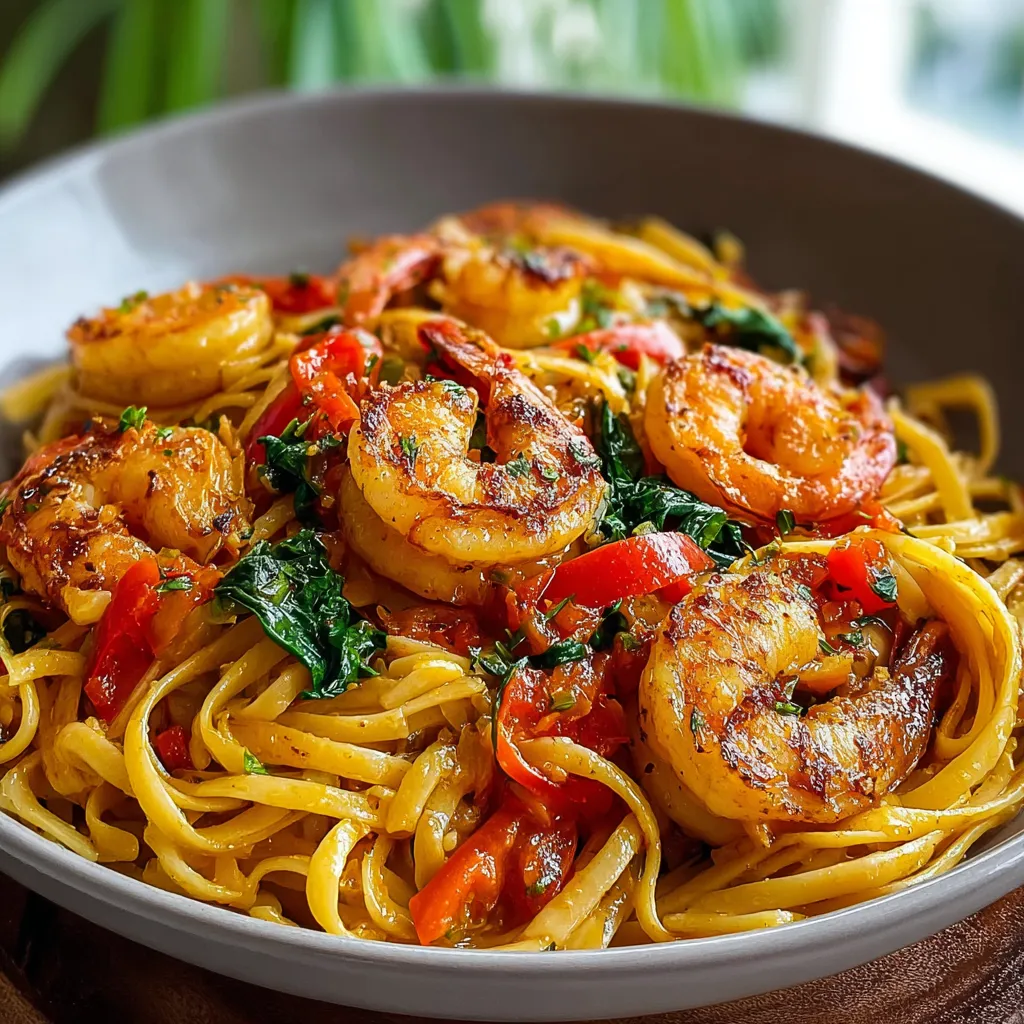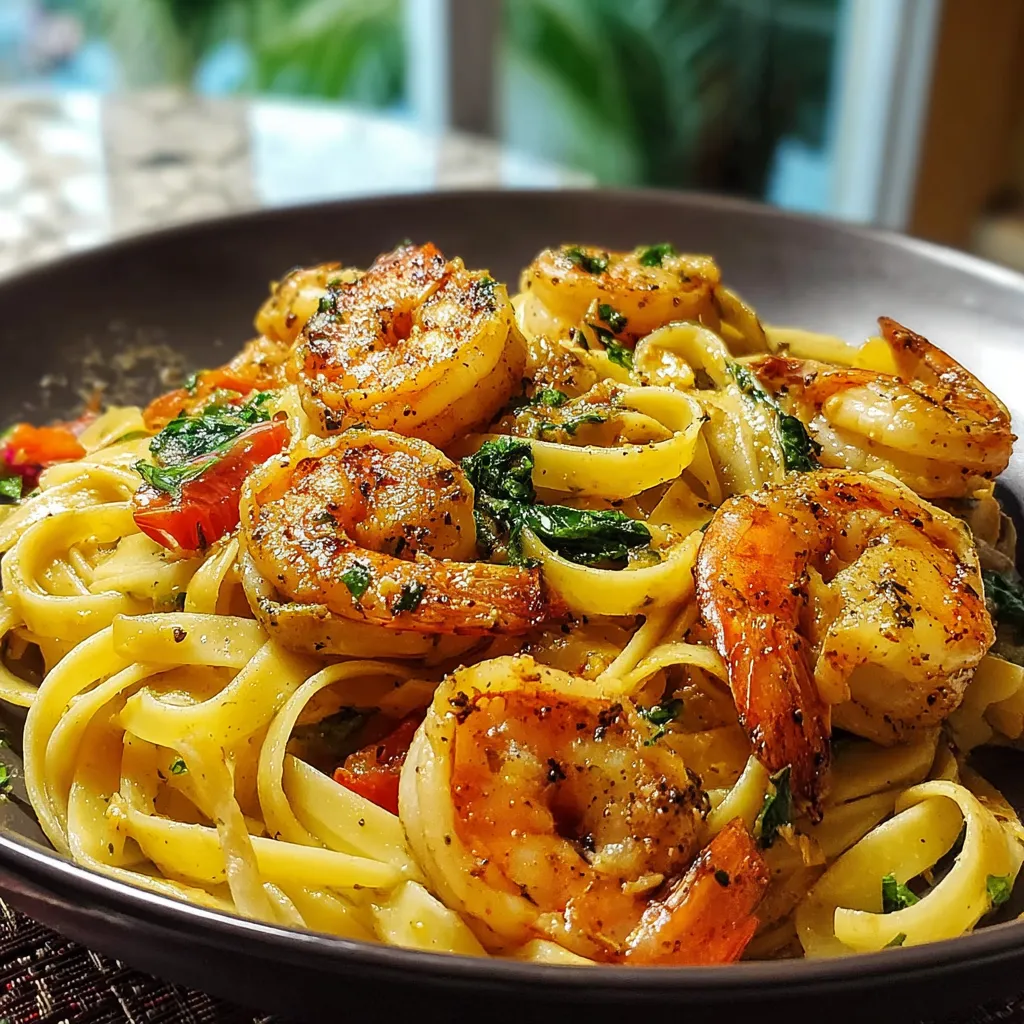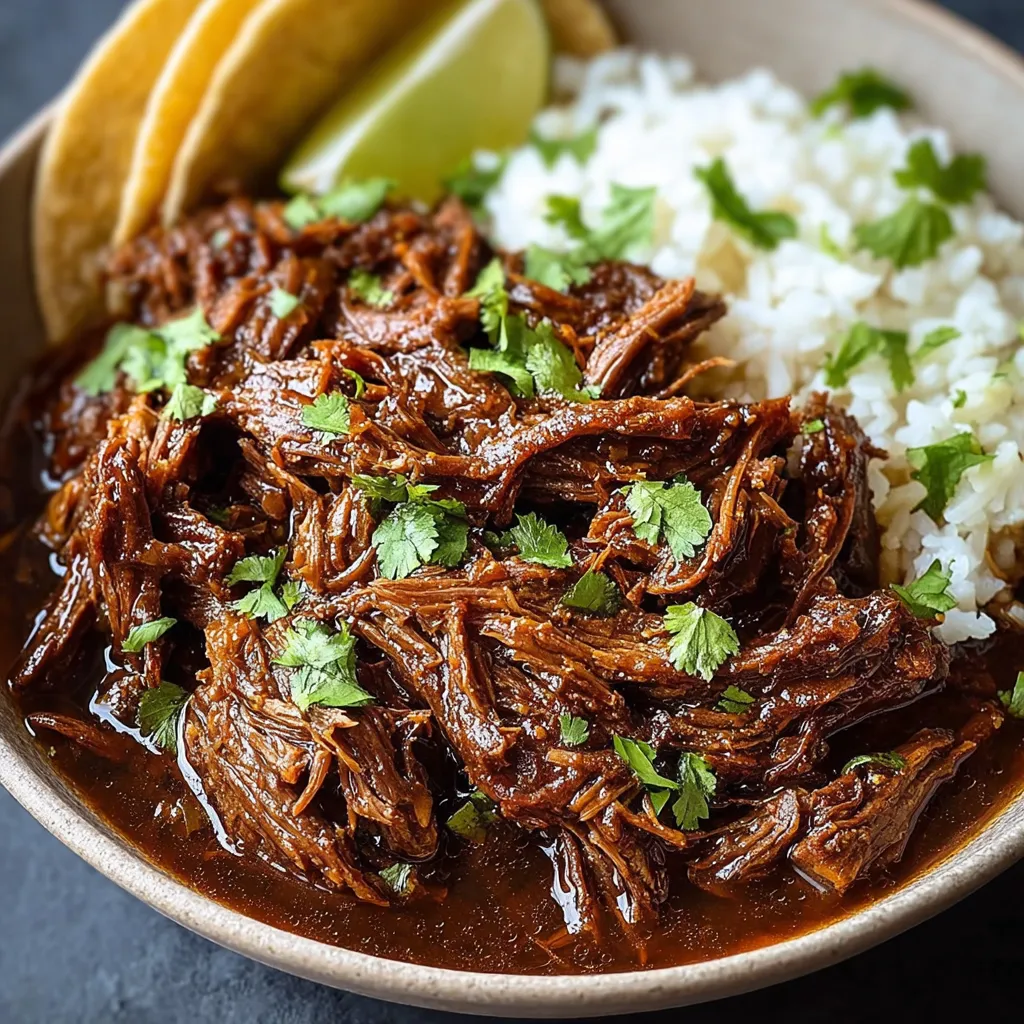Unlocking the Flavor Code: The Science Behind the Spice
The key to authentic Jamaican Shrimp Pasta lies in understanding the interplay of flavors that define Jamaican cuisine. It’s not just about heat; it’s about a complex layering of sweet, savory, spicy, and aromatic elements. Scotch bonnet peppers, allspice, thyme, and ginger are the cornerstones. The scotch bonnet provides the signature fiery kick, but the allspice and thyme add depth and warmth, while ginger brightens the profile. Chemically, the capsaicin in scotch bonnets binds to pain receptors, creating the sensation of heat, while the aromatic compounds in allspice and thyme stimulate olfactory receptors, contributing to the overall flavor perception. The ginger’s zing comes from gingerol, a compound with anti-inflammatory properties (a welcome bonus!). Cream, in this context, acts as a flavor carrier and a modulator of heat. The fat in the cream binds to the capsaicin, lessening the perceived burn, while also providing a luxurious texture that coats the pasta evenly. Understanding the science of flavor interactions is crucial for achieving a balanced and delicious dish. Like many of you, I initially thought it was *just* about the scotch bonnet, but I soon learned there’s far more to it than that!The Ultimate Jamaican Shrimp Pasta Recipe
 Here’s the recipe I’ve meticulously developed after countless iterations, incorporating the scientific principles I’ve uncovered.
Here’s the recipe I’ve meticulously developed after countless iterations, incorporating the scientific principles I’ve uncovered.
Ingredients:
- 1 pound large shrimp, peeled and deveined
- 1 pound pasta (penne, fettuccine, or linguine work well)
- 1 tablespoon olive oil
- 1 medium onion, chopped
- 2 cloves garlic, minced
- 1 scotch bonnet pepper, seeded and finely chopped (use caution!)
- 1 red bell pepper, chopped
- 1 green bell pepper, chopped
- 1 teaspoon dried thyme
- 1 teaspoon ground allspice
- 1/2 teaspoon ground ginger
- 1/4 teaspoon ground nutmeg
- 1 cup heavy cream
- 1/2 cup chicken broth
- 1/4 cup grated Parmesan cheese
- 2 tablespoons butter
- Salt and pepper to taste
- Fresh parsley, chopped (for garnish)
- Lime wedges (for serving)
Instructions:
- Cook pasta according to package directions. Drain and set aside.
- Season shrimp with salt, pepper, and a pinch of allspice.
- Heat olive oil in a large skillet over medium-high heat. Add shrimp and cook until pink and cooked through, about 2-3 minutes per side. Remove shrimp from skillet and set aside.
- Add butter to the skillet. Add onion and garlic and cook until softened, about 3-5 minutes.
- Add scotch bonnet pepper, red bell pepper, and green bell pepper to the skillet and cook for another 3-5 minutes, until slightly softened.
- Stir in thyme, allspice, ginger, and nutmeg. Cook for 1 minute, until fragrant.
- Pour in heavy cream and chicken broth. Bring to a simmer, then reduce heat to low and cook for 5-7 minutes, allowing the sauce to thicken slightly.
- Stir in Parmesan cheese until melted and smooth.
- Add cooked pasta and shrimp to the skillet. Toss to coat evenly with the sauce.
- Season with salt and pepper to taste.
- Garnish with fresh parsley and serve immediately with lime wedges.
My Culinary Deep Dive: Adventures in Jamaican Shrimp Pasta
My journey to perfecting Jamaican Shrimp Pasta was far from a straight line. My first few attempts were a disaster. I was so focused on the heat from the scotch bonnet that I completely neglected the other critical flavor components.The Scotch Bonnet Blunder
Initially, I just threw a whole scotch bonnet pepper into the sauce, seeds and all, thinking that more heat equaled more authenticity. Big mistake! The dish was overwhelmingly spicy, masking all the other nuances. Nobody could taste anything but fire. It was inedible! This reminded me of a similar mistake I made when initially trying to make Crispy Cajun Shrimp, where I overdid the cayenne pepper.The Cream Quandary
Then, I experimented with different types of cream – heavy cream, light cream, half-and-half. I even tried using coconut milk, thinking it would enhance the tropical flavor. While coconut milk added a unique sweetness, it lacked the richness and binding power of heavy cream. Light cream and half-and-half resulted in a thin, watery sauce that didn’t cling to the pasta. The heavy cream was the undisputed winner, providing the perfect balance of richness and stability. I realized the role of fat in the cream was the key. This made me rethink my approach to recipes like Boursin Chicken Pasta, where the cheese plays a similar role in creating a creamy sauce.The Spice Revelation
The “Aha!” moment came when I started focusing on the balance of spices. I realized that allspice, thyme, and ginger were just as important as the scotch bonnet. I experimented with different ratios, gradually increasing the amounts of these spices until I achieved a harmonious blend that complemented the heat of the pepper. Suddenly, the dish transformed. It was no longer just spicy; it was complex, flavorful, and utterly addictive. The transformation reminded me of the pivotal moment when I finally got the spice blend right for Honey Pepper Chicken Pasta.Pasta Predicaments
I also experimented with different types of pasta. Penne, fettuccine, and linguine all worked well, but I found that penne was particularly effective at capturing the sauce in its ridges. I learned the importance of cooking the pasta al dente, ensuring it had a slight bite that contrasted nicely with the creamy sauce. Overcooked pasta resulted in a mushy texture that detracted from the overall experience. This is a lesson applicable to many pasta dishes, including Chicken Scampi Pasta, where the texture of the pasta is crucial.The Foolproof Method: Mastering Jamaican Shrimp Pasta
After all my trials and tribulations, I’ve distilled the process into a simple, foolproof method:- Spice it Right: Use a balanced blend of scotch bonnet pepper, allspice, thyme, ginger, and nutmeg. Adjust the amount of scotch bonnet to your desired level of heat, but don’t neglect the other spices.
- Cream is King: Heavy cream is essential for achieving a rich, creamy sauce that clings to the pasta. Don’t substitute with lighter alternatives.
- Shrimp Savvy: Don’t overcook the shrimp! Cook them quickly over high heat until they’re just pink and cooked through. Overcooked shrimp will be tough and rubbery. Seasoning the shrimp beforehand is key.
- Pasta Perfection: Cook the pasta al dente. Overcooked pasta will ruin the texture of the dish.
- Sauce Symphony: Simmer the sauce until it thickens slightly. This will allow the flavors to meld together and create a more cohesive dish. The texture should be reminiscent of the sauce used in Garlic Butter Chicken Pasta, thick and luscious.
- Parmesan Power: A touch of Parmesan cheese adds a salty, umami dimension to the sauce.
- Fresh Finish: Garnish with fresh parsley and serve with lime wedges for a bright, fresh finish.
What makes this Jamaican Shrimp Pasta recipe “authentic”?
The authenticity comes from the interplay of sweet, savory, spicy, and aromatic flavors, specifically the balanced use of scotch bonnet peppers, allspice, thyme, and ginger.
Why is heavy cream specified in the recipe, and what are the consequences of using alternatives?
Heavy cream acts as a flavor carrier and heat modulator due to its fat content, which binds to the capsaicin in scotch bonnets. Lighter alternatives like light cream or half-and-half result in a thin, watery sauce lacking richness.
What’s the best way to handle the scotch bonnet pepper to avoid making the dish too spicy?
Seed and finely chop the scotch bonnet pepper, and adjust the amount to your desired heat level. It’s crucial to balance the heat with other spices like allspice, thyme, and ginger.
Which type of pasta is recommended for this recipe and why?
Penne, fettuccine, and linguine all work well, but penne is particularly effective at capturing the sauce in its ridges. The pasta should be cooked al dente.

Jamaican Shrimp Pasta Ultimate Recipe
Ingredients
Equipment
Method
- Cook pasta according to package directions. Drain and set aside.
- Season shrimp with salt, pepper, and a pinch of allspice.
- Heat olive oil in a large skillet over medium-high heat. Add shrimp and cook until pink and cooked through, about 2-3 minutes per side. Remove shrimp from skillet and set aside.
- Add butter to the skillet. Add onion and garlic and cook until softened, about 3-5 minutes.
- Add scotch bonnet pepper, red bell pepper, and green bell pepper to the skillet and cook for another 3-5 minutes, until slightly softened.
- Stir in thyme, allspice, ginger, and nutmeg. Cook for 1 minute, until fragrant.
- Pour in heavy cream and chicken broth. Bring to a simmer, then reduce heat to low and cook for 5-7 minutes, allowing the sauce to thicken slightly.
- Stir in Parmesan cheese until melted and smooth.
- Add cooked pasta and shrimp to the skillet. Toss to coat evenly with the sauce.
- Season with salt and pepper to taste.
- Garnish with fresh parsley and serve immediately with lime wedges.




